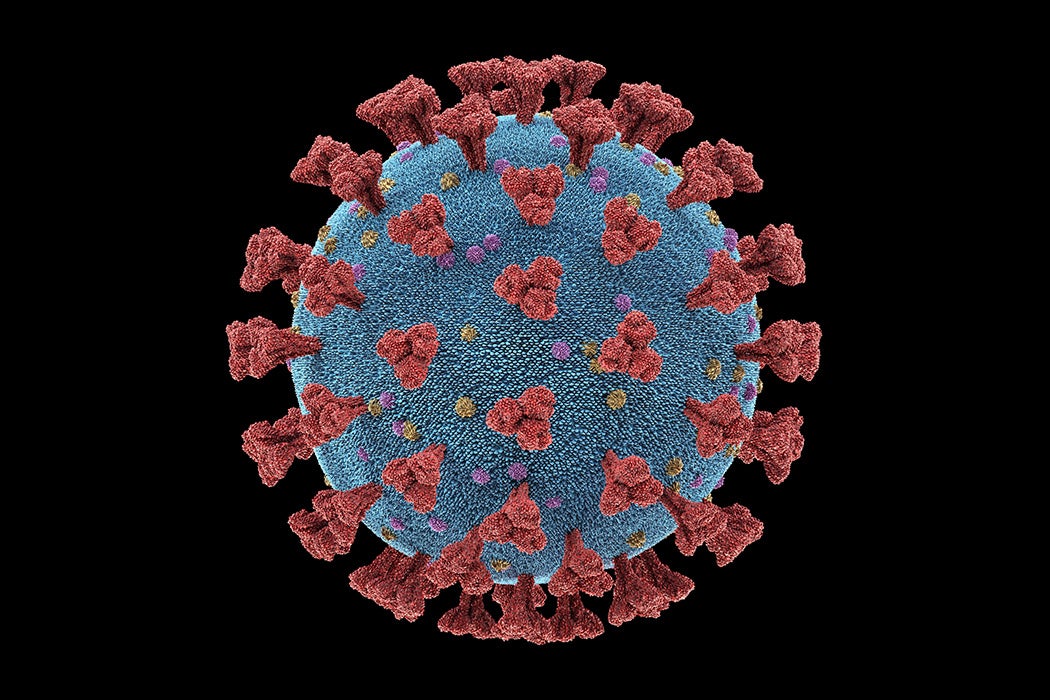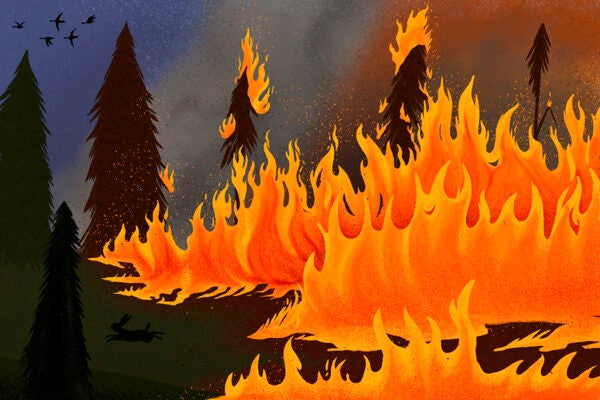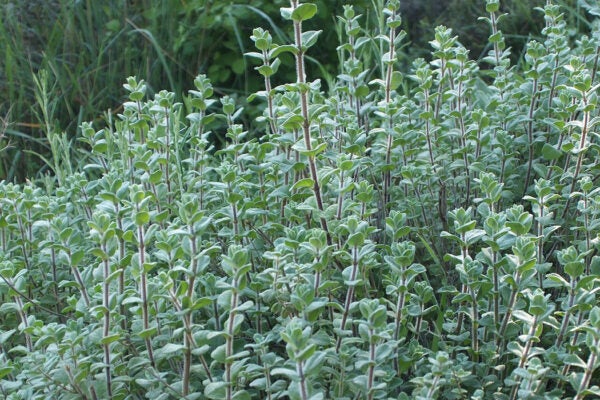What pandemics often do, in addition to causing debilitating illness and profound loss, is expose: the gaps in our scientific knowledge, the limitations on our abilities to respond, and the social, political, and economic chasms between us that determine who gets sick, tested, treated, and bailed out.
While JSTOR Daily’s Teaching Pandemics Syllabus takes a more interdisciplinary approach to the current global outbreak, this collection of free-to-access readings from the JSTOR database is intended to give the reader scientific context around the COVID-19 pandemic. Some articles are directed to a general audience, while others have appeared in scientific journals, but all have been selected to illuminate how we have come to know what we do about viruses in general, coronaviruses in particular, the bats from which they sometimes “spill over,” and the warnings that went unheeded about the “next great pandemic.” (Hint: we’re already there.) Perhaps Nobel laureate Joshua Lederberg puts it best: “Pitted against microbial genes, we mainly have our wits.”
Human Viruses
Marilyn J. Roossinck
Virus: An Illustrated Guide to 101 Incredible Microbes
Published by: Princeton University Press
This book chapter covers some “greatest viral hits”: smallpox, chicken pox/shingles, rotavirus, and more. The SARS virus of 2003 is here as well, with a schematic of the virus and a full-page photograph of the “crowned” particles. The color plates of electron microscopy are eerily beautiful, and deceptively large: virus sizes range between 20 and 400 nanometers (10-9 meters).
Viruses
F.M. Burnet
Scientific American
Vol. 184, No. 5 (May 1951)
This article, written by Nobel laureate Frank Macfarlane Burnet for a general audience, is a deep dive into the best science on viruses at the time. Even now, it explains the complexities of how viruses and immunity work in a thorough, jargon-free piece by an expert in the field.
Are Viruses Alive?
Luis P. Villarreal
Scientific American
Vol. 291, No. 6 (DECEMBER 2004)
As Matthew Wills wrote recently, whether or not viruses are alive is open to interpretation. This article examines how viruses can stretch the definition of “life,” and how by their possible integration into host genomes, they’ve perhaps achieved it.
Coronaviruses, a New Group of Animal RNA Viruses
T. Estola
Avian Diseases
Vol. 14, No. 2 (May, 1970)
Fifty years ago, a veterinary researcher in Helsinki published this review paper about Avian Infectious Bronchitis Viruses (IBVs) and their characteristics. The name “coronaviruses” was still under consideration by nomenclature officials.
The SARS Coronavirus: A Postgenomic Era
Kathryn V. Holmes and Luis Enjuanes
Science
Vol. 300, No. 5624 (May 30, 2003)
This overview article was published, along with the full genetic sequence of the virus, less than two months after its discovery. While technical, it explains the structure of the viral RNA, and refutes the theories that it had been engineered or was a mutant strain of an existing virus (theories that have been active during the COVID-19 pandemic as well.)
Bats Are Natural Reservoirs of SARS-like Coronaviruses
Wendong Li et al
Science
Vol. 310, No. 5748 (Oct. 28, 2005)
This paper established bats as a source of coronaviruses that could (and likely would) infect humans. Its conclusion at the time (2005): “These findings on coronaviruses […] suggest that genetic diversity exists among zoonotic viruses in bats, increasing the possibility of variants crossing the species barrier and causing outbreaks of disease in human populations.”
Viral Evolution and the Emergence of SARS Coronavirus
Edward C. Holmes and Andrew Rambaut
Philosophical Transactions: Biological Sciences
Vol. 359, No. 1447, Emerging Infections: What Have We Learnt from SARS? (Jul. 29, 2004)
This is an excellent review about the mechanisms of how viruses change and evolve—why RNA viruses like COVID-19 “more easily adapt” to new hosts through mutation, but also why they aren’t all able to jump species and become infectious to humans.
Give Bats a Break
Merlin D. Tuttle
Issues in Science and Technology
Vol. 33, No. 3 (SPRING 2017)
This bat researcher of five decades wrote a plea for humans to stop blaming bats for zoonotic diseases, and instead take responsibility and precautions when interacting with them. He reminds the reader of the critical roles bats play in ecosystems, goes on to blame camels for MERS (first attributed to bats), and relates how one bat-originated disease (Nipah virus) was significantly reduced by simple human action.
The Next Pandemic
John M. Barry
World Policy Journal
Vol. 27, No. 2 (Summer 2010)
John M. Barry wrote the definitive book on the influenza pandemic of 1918, The Great Influenza: The Story of the Deadliest Pandemic in History. In this article, he examines the 2009 outbreak of H1N1, which was much less lethal than anticipated, as a case study in what could and would go wrong when “the next pandemic” arrived, in light of the mistakes at that time. In short, he was right.







